I'm sure I don't even have to recommend it to you, because the Spain Square It is going to be one of the corners that you will surely not miss visiting in your first trip to Rome.
And not because you are curious to know this square that has the name of Spain, but to see its famous staircase in person, which you have surely seen in many photos and movies.
La Spain Square You find it in the northern part of the historical center of Rome, as an extension of the Via Condotti.
It is one of the busiest roads in Romawell in Via Condotti It is where the largest number of people are possibly concentrated. luxury brand stores throughout Rome.
Both Via Condotti and Spain Square They are pedestrian, but I can tell you that on one of my last visits, during the November 1st bridgeThere were so many Romans and tourists that it was practically impossible to walk!!
I could only do it by elbowing. and almost letting myself be carried away by the flow of movement of the mass of tourists.
I admit that it is not one of the areas that I like the most in Rome, but visit the Plaza de España It is totally worth it, because from the top of the stairs you have one of the best panoramic views de la ciudad.
All the information in detail
What to see when visiting the Spanish Steps in Rome
La Spain Square It has had this name since the 17th century, when the Embassy of Spain settled in the Palace of Spain, a building that will be easy for you to recognize thanks to the flag on the façade.
Spanish Steps
But, without a doubt, the great protagonist of this Roman corner is its grand staircase of the Plaza de España,
This staircase was built in the 18th century, and it is a place where tourists traditionally gather to sit on its stairs.
Its construction was financed with contributions from the bourbons French.
Barccaccia fountain in Spanish Steps
At the foot of the stairs you can see the Barccaccia Fountain, built in 1627 by Bernini father, whose design tries to emulate a barge.
Trinita dei Monti Church in Spanish Steps
When you go up the stairs for the Spain Square, you arrive at the church of Trinita dei Monti, in front of whose façade the viewpoint is located.
The two bell towers of the church are part of the most typical image that we all have of the famous Spain Square.
This is a church originally built in Gothic style in the year 1519, but the exterior view of its façade will not remind you of that architectural style at all.
Indeed, this is because, in the mid-16th century, the current one was built in front of the original façade, characterized by the aforementioned bell towers.
When you enter visit the Trinita dei Monti church, you will find that a large bronze fence separates the original Gothic building from the rear façade.
But the reality is that its interior will not remind you of the image of Gothic churches, with their characteristic stained glass windows.
In return, you will see that the great attraction of said interior is found in the large Fresh that decorate the walls and vaults of the church.
These frescoes were painted by various artists during the 16th to 18th centuries.
Column of the Immaculate Conception
Finally, in the southeastern part of this plaza, in the direction of the very close Trevi Fountain, it will catch your attention great column, which has the name of the Inmaculada Concepción.
ORGANIZE your TRIP
- Don't forget your TRAVEL INSURANCE with a 5% discount
- Book the HOTEL for your trip
- RENT a CAR for your trip
- The best TOURS and EXCURSIONS in Spanish
- NO-LINE TICKETS for museums and monuments
- Best FREE TOURS around the world
- Book your TRANSFER from the airport
- eSIM card with INTERNET at the best price
Almost 12 meters high, this column was found in 1777 in a monastery of the Mars field.
At its peak there is an image of The Virgin sculpted in the 19th century.
In short, the Spain Square set up a monumental ensemble which, I tell you, you will only be able to enjoy well if your visit does not coincide with peak tourism dates.
It's the problem that Rome is such a tourist city.
Photos of the Spanish Steps in Rome
Here you have more photos of the Spanish Steps in Rome, with images of its most famous corners.


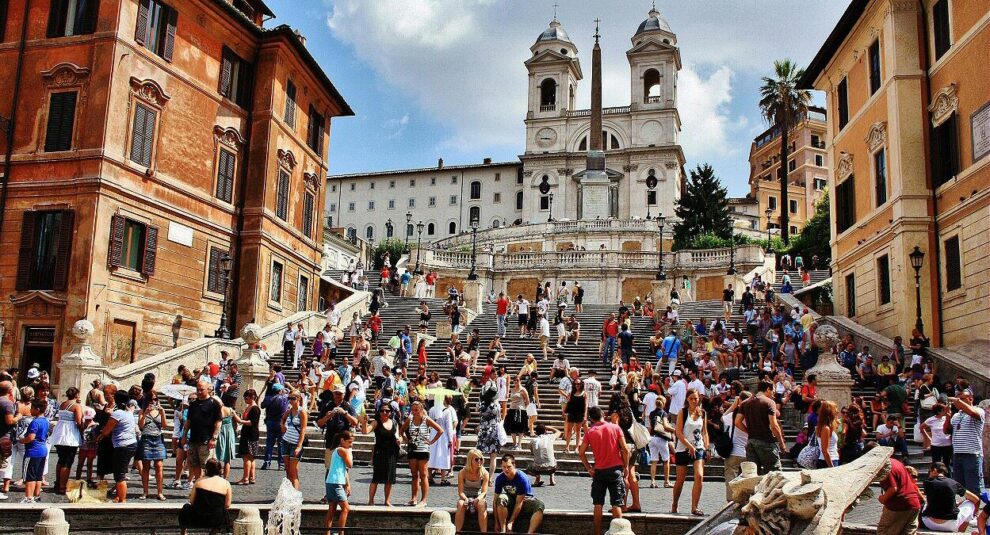
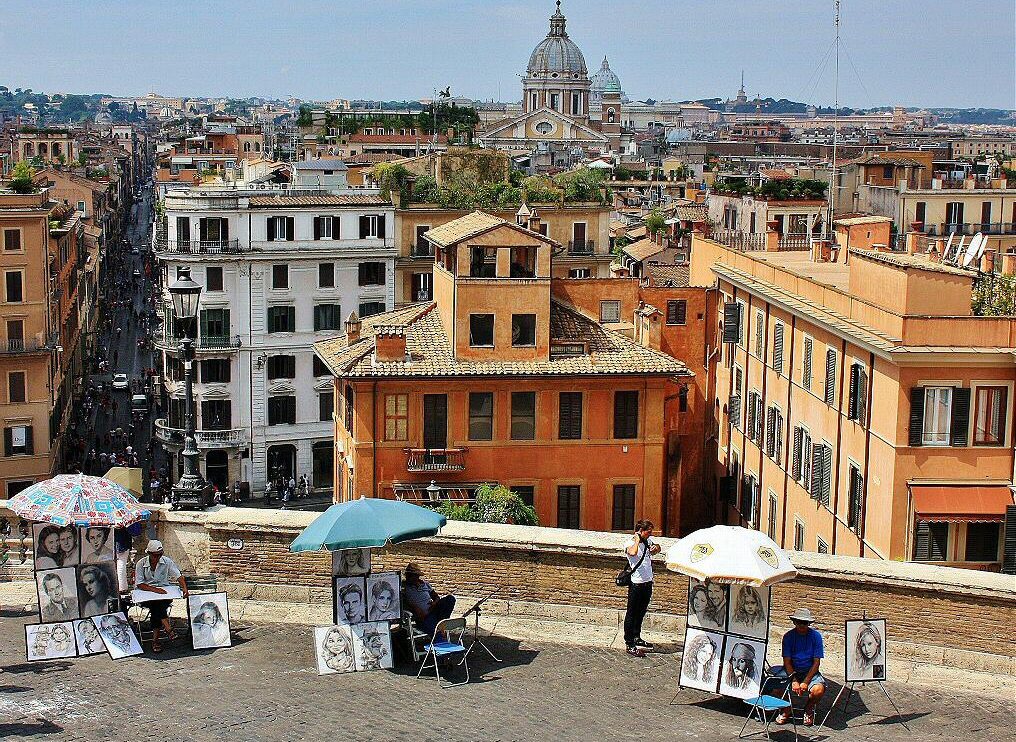
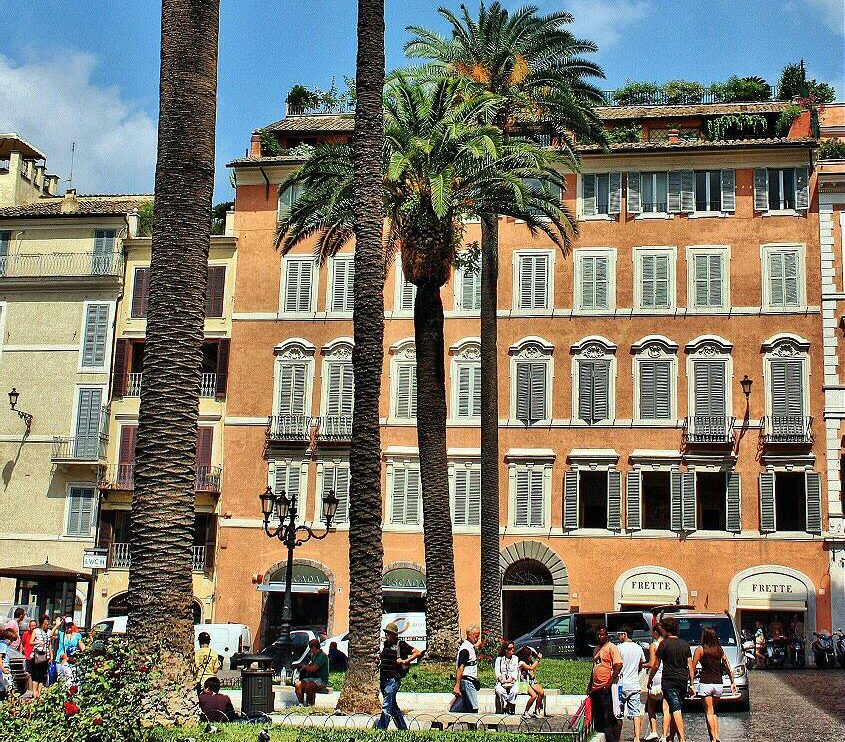
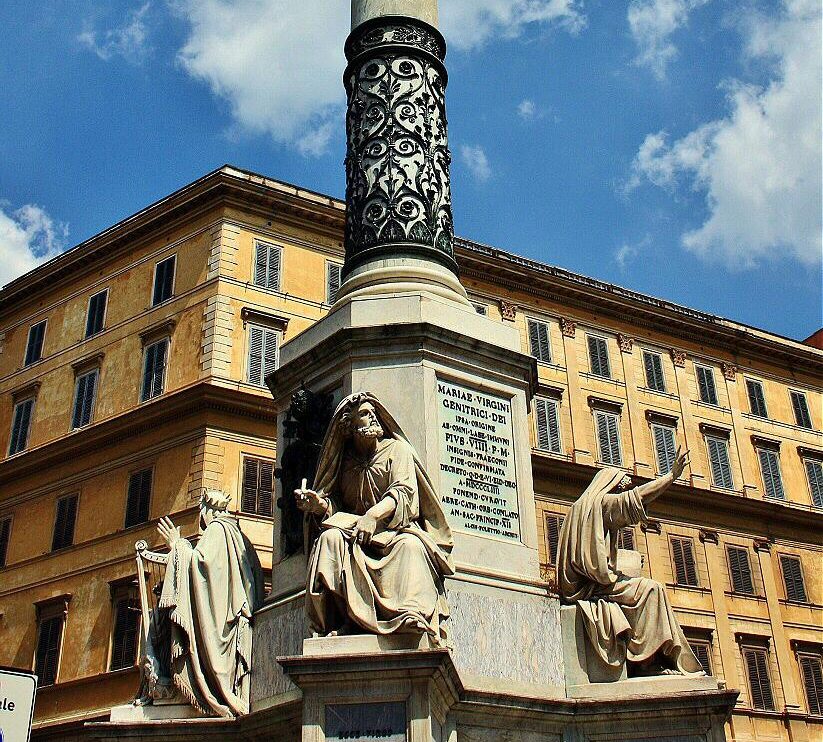

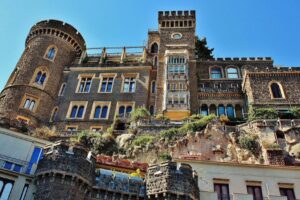
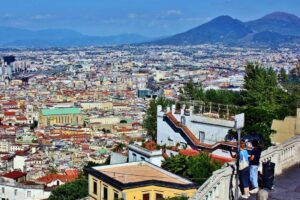











Very good photos!! I just miss some night photos, do you have any? I think that cities have to be explored day and night, but Rome especially…
Regards!!!
I don't have night photos, the next time I visit Rome, it won't take long, I'll try to take them, 'well you're right, a city like Rome needs to be walked around at night.
It is essential to see the Trevi Fountain at night. I have published night photos of her
http://guias-viajar.com/italia/roma/fotos-fontana-trevi-fuente-monumental/
Thanks for your interest
Very good photos!! I just miss some night photos, do you have any? I think that cities have to be explored day and night, but Rome especially…
Regards!!!
I don't have night photos, the next time I visit Rome, it won't take long, I'll try to take them, 'well you're right, a city like Rome needs to be walked around at night.
It is essential to see the Trevi Fountain at night. I have published night photos of her
http://guias-viajar.com/italia/roma/fotos-fontana-trevi-fuente-monumental/
Thanks for your interest